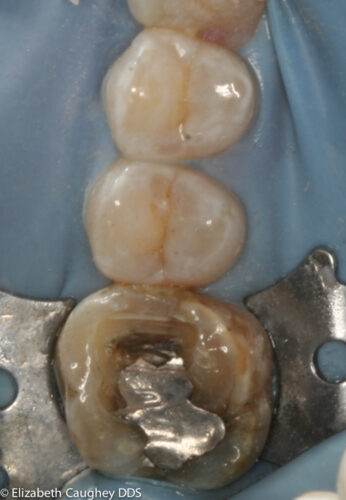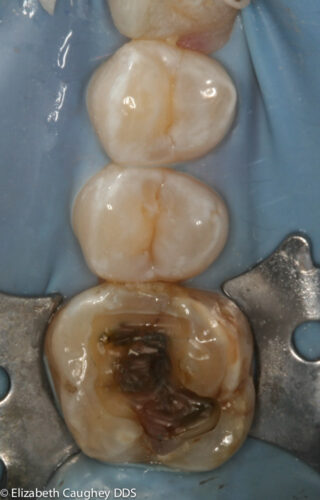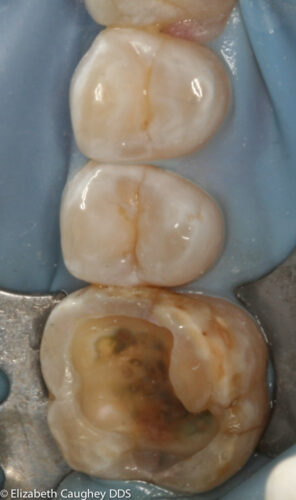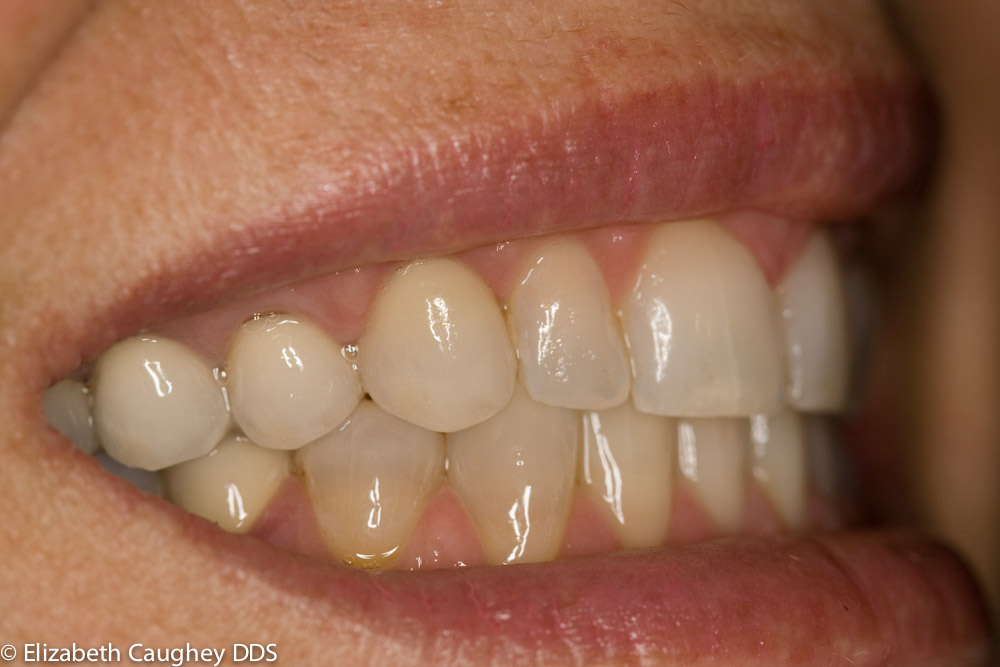General dentistry in the United States has been trending toward the discontinued use of silver-mercury alloy fillings, aka, amalgams. My own preference for tooth-colored resins is for several reasons, the most obvious being that as an aesthetic dentist, I like teeth to look like teeth. Additionally, resin is not affected by temperature the way metallic fillings are – the thermal cycling of hot and cold foods causes an expansion and contraction that ultimately causes the filling to lose its seal. Adding to that likelihood of eventual leaking, the problem of seeing bacteria/early decay growing around the edge of a filling is difficult to appreciate in the early stage of filling breakdown – both clinically and on X-ray.
The strongest reason I am opposed to amalgam fillings is that there are far more teeth that fracture around amalgam fillings than resin ones. The design of the cavity’s shape automatically builds weakness into the tooth; whereas the chemical bonding properties of resin fillings slightly stiffens a tooth. The decay seen in this tooth is typical of what we restorative dentists find under an old silver filling. Using a rubber dam is an excellent way of reducing likelihood that bacteria will get in under the new resin filling. The new filling gives the patient a pleasing appearance, as well as confidence that any marginal leakage would be detected very early, before decay could recur.




